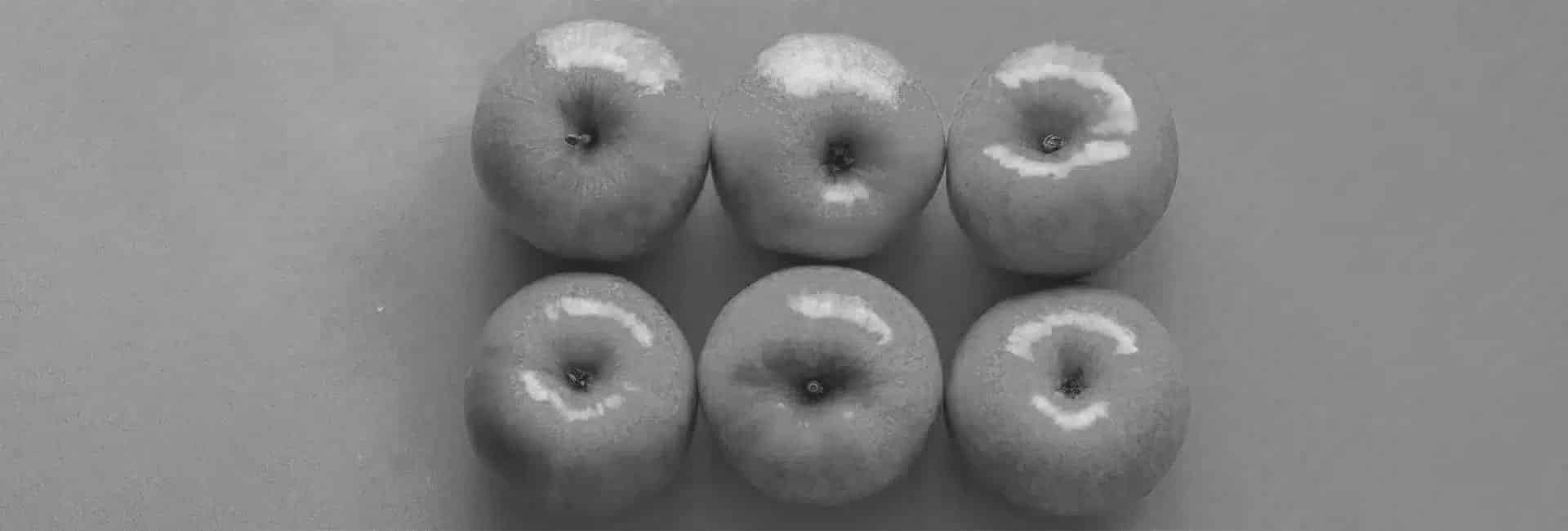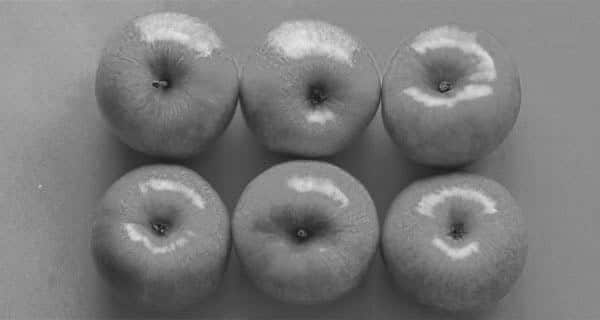
Used under a Creative Commons Licence
Same same but different – when you choose the same brand as someone else’s
You’ve developed a brand you love and want to protect it with a trade mark, but you find out there’s already a similar or even identical mark on the Australian register. Does that mean your application is doomed? You may be surprised to hear: not necessarily.
In Australia, it’s possible for similar or even identical trade marks to coexist, as long as they serve different markets or purposes. Here, we explore how and why this is possible, and look at some real-life examples to clarify things.
Thanks to the Australian trade mark classification system, it’s entirely possible for similar or even identical trade marks to coexist legally, provided they serve different markets or purposes. This blog will unpack how and why this can happen, provide real-world examples, and offer guidance for business owners navigating the trade mark landscape.
Why Can Similar Trade Marks Coexist in Australia?
In Australia, trade marks are classified into different classes based on the types of goods and services they represent. This classification system, managed by IP Australia, means that similar or identical trade marks can be registered separately if they operate in distinct categories. For instance, the trade mark “Dove” is famously registered both for chocolate (by Mars) and soap (by Unilever), and consumers are unlikely to confuse the two products because they occupy different markets.
To see the different goods and services click here:
https://www.ipaustralia.gov.au/trade-marks/what-are-trade-marks/what-are-classes-of-goods-and-services
When Can Two or more of the same Trade Marks Coexist?
If two trade marks aren’t likely to confuse consumers, they can often happily coexist. Additionally, when trade marks apply to different fields or unrelated products, the chances of mix-ups decrease significantly. Generally, the party with the first use or registration of the trade mark in Australia holds priority, giving them a clear advantage. Furthermore, distinct industries and unique customer bases often mean there’s room for both trade marks without any risk of overlap.
Some great examples
A perfect example of trade mark coexistence is “Pink Lady,” used for both apples and chocolates. While apples are a fresh produce item and chocolates a confectionery treat, the two products serve such different purposes that there’s no room for mix-ups—no one heads to the supermarket craving chocolate but mistakenly picks up an apple instead. The “Pink Lady” name can exist in both spaces without any confusion or overlap.
Similarly, the name “Regent” is used for both Regent Hotels and Regent Showers, a bathroom fixture company. Although both names may appear in hospitality settings, people don’t expect a luxurious hotel to start making showerheads, nor do they expect a bathroom fixture company to start hosting guests. This clear separation in consumer expectations allows both brands to coexist peacefully in their respective fields.
And it doesn’t stop there. Dove is another well-known name, with both Dove soap and Dove chocolate carving out their own niches. One is a decadent treat, and the other a cleansing personal care product—there’s little risk of someone confusing a bar of soap for a chocolate bar! This dual use of “Dove” shows how Australian trade mark law allows for identical names when the markets are clearly distinct.
Another example is Cadbury’s “Boost” chocolate bar and “Boost Juice” juice bars- two products most of us are very familiar with. Despite being in the food and beverage sector, these brands offer entirely different experiences. Chocolate bars are quick, indulgent snacks, while Boost Juice promotes itself as a healthy, fresh alternative. No one walks into a Boost Juice bar expecting a chocolate shop; the differing purposes and associations help the brands live comfortably side by side.
Lastly, “Campbell’s” soup and “Campbells Wholesale Reseller & Food Service Solutions” are able to operate independently, targeting distinct audiences. Campbell’s soup is a household name in the retail market, while Campbells Wholesale focuses on supplying bulk food services.
Because wholesale services and retail soup products cater to different needs, no one confuses a can of soup with a wholesale food distributor, allowing both brands to exist under the same name without issues.
So you can see how consumer expectations can allow seemingly similar or identical trade marks to coexist without conflict.
Do You Have a Similar Trade Mark to someone else?
If you’re considering applying for a trade mark similar to one that’s already registered, don’t let that discourage you.
Australian law is designed to assess trade marks based on context, class, and the likelihood of confusion.
At Sharon Givoni Consulting, we’re experienced in navigating these complexities and can help you evaluate your trade mark application, explore options for prior use, and provide guidance on honest concurrent use. Our goal is to help you protect your brand, even if there’s another similar trade mark on the register.
Ready to protect your brand? Reach out to us for expert advice on trade mark registration and how to overcome obstacles. Remember, similar trade marks don’t always mean a roadblock. Get in touch and let us help you turn your brand into an asset.
Please note the above article is general in nature and does not constitute legal advice.
Please email us info@iplegal.com.au if you need legal advice about your brand or another legal matter in this area generally.


